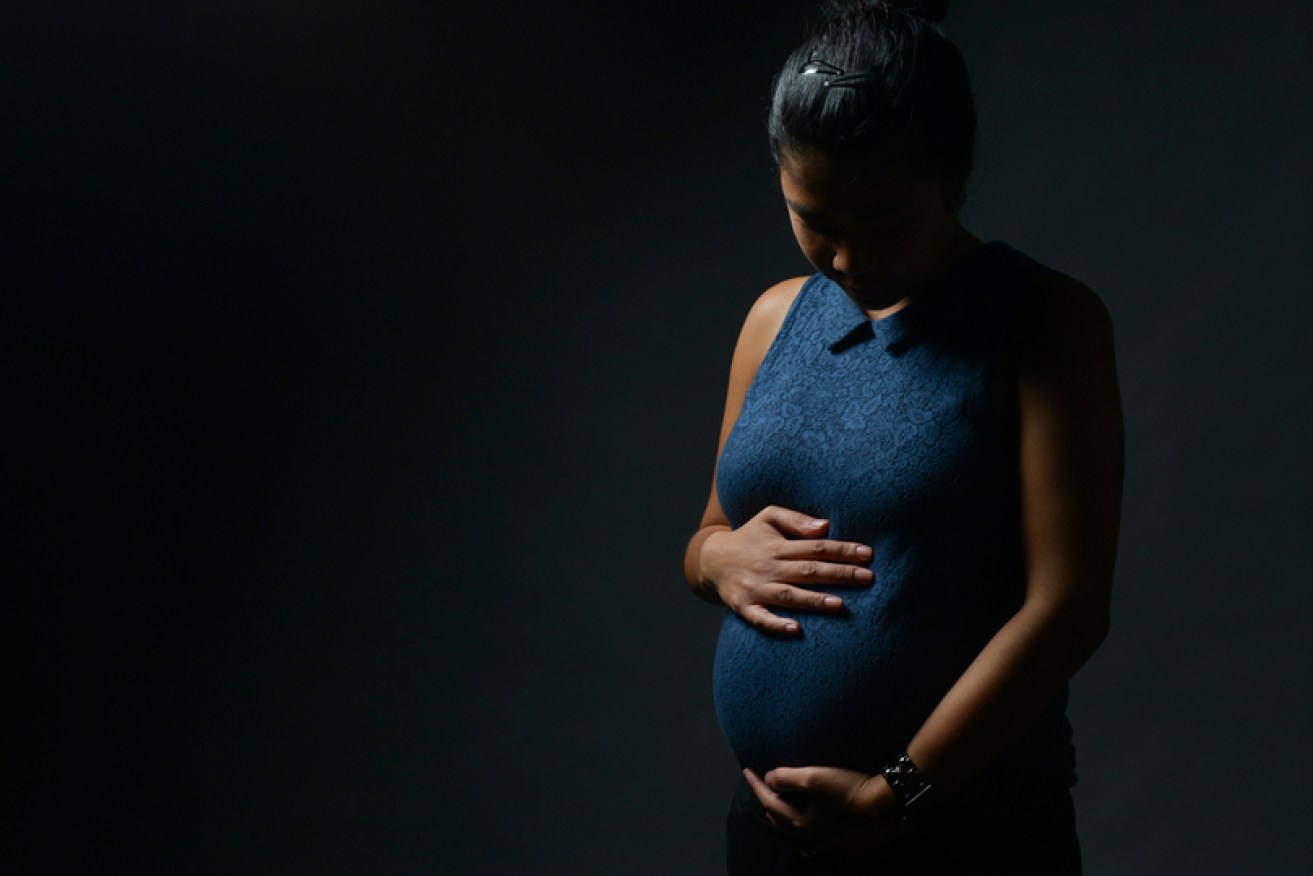Superannuation’s multimillion-dollar problem


Women who take career breaks are penalised in the retirement savings system. Photo: AAP
Very few superannuation systems the world over can hold a candle to Australia’s, but one key flaw leaving certain Australians at risk of poverty has persisted through its 25-year history.
The average Australian can expect to retire with hundreds of thousands of dollars in savings, taking pressure off the government pension and improving retirees’ quality of life – but it’s most effective for Australians who work full time for their entire adulthood.
Taking a career break is punished severely by the current system; a problem that disproportionately hurts women and leaves them at a higher risk of falling below the poverty line after leaving the workforce.
It’s a problem as old as the superannuation system itself, and which government after government has been unable to fix.

Labor unveiled plans to close the gender super gap on Wednesday. Photo: AAP
On Wednesday, Labor unveiled a $400 million plan to substantially address this problem, notably by including super contributions in the paid parental leave scheme, and by abolishing the lower contribution threshold – meaning every dollar earned will come with a 9.5 per cent super contribution.
Labor admitted on Wednesday this would not close the gender gap completely, but hopes it will go a decent way towards making superannuation fairer.
Understanding the gap
The effect a break from full-time work has on super savings is immense, and women are still far more likely than men to spend their time on unpaid care work, such as raising children, cooking, cleaning or looking after elderly relatives.
The Workplace Gender Equality Agency (WGEA), a government body tasked with promoting equality in Australian workplaces, found women spend an average of 64.4 per cent of their weekly working time on these unpaid duties, while men averaged only 36.1 per cent.
“Over the life course, the time women spend on household and care labour fluctuates considerably, yet for men it remains quite stable,” WGEA said.
“For example, when women become mothers they tend to do more housework and more child-minding but spend less time in paid employment than men.”
WGEA even found that men’s domestic workload – helping out with the cooking and cleaning – even decreased after the birth of a child, despite the increase in work that needs to be done.
“In addition, men’s paid work usually remains stable during this life stage, indicating that becoming a parent does not usually result in big changes to fathers’ paid or domestic workloads,” WGEA added.
While Australia’s women are undertaking this unpaid work, their superannuation suffers not only from the loss of wage contributions, but the lower balance stymies the effect compounding returns has on super savings.
To put this into context, the Association of Superannuation Funds of Australia, which represents for-profit and non-profit funds, found that someone in their early 30s and on an average income who takes five years out of the paid workforce would lose $80,000 in retirement savings.
The effect this is having on women at retirement is stark.
The average Australian woman, according to advocacy group Women in Super, can expect to retire with 47 per cent less in their super account than the average man. That’s a difference of about $85,000.
Additionally, older single women are now the largest growing cohort of homeless people in the country, Women in Super said, with an estimated 40 per cent of older single women living in poverty.








